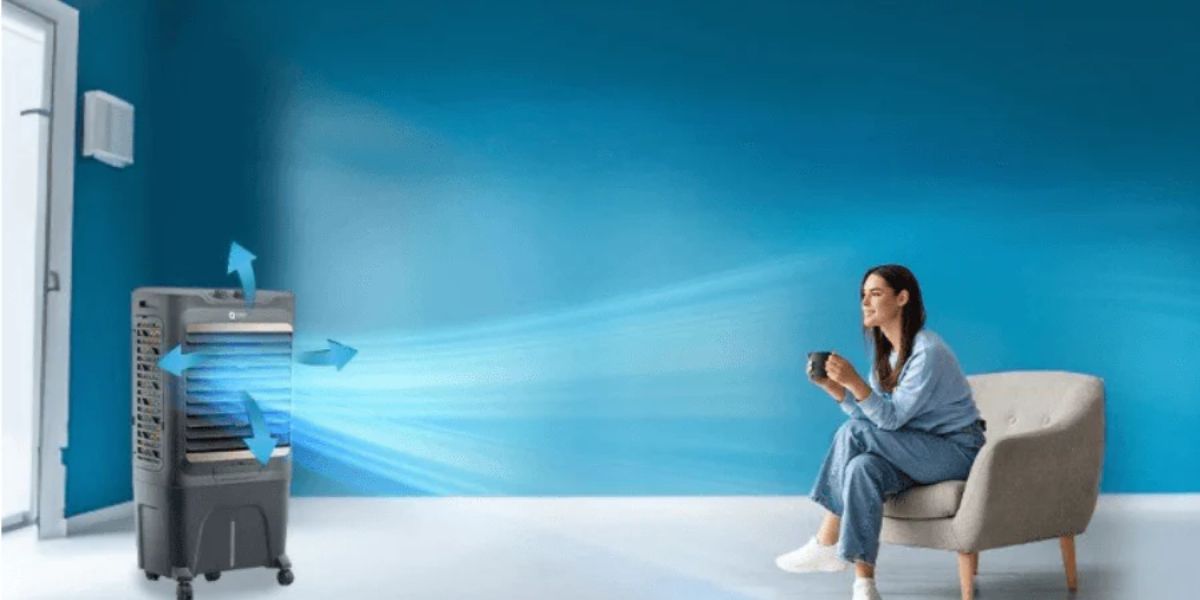Now that summer is here, we tend to use the AC to keep our homes cool, but what if I told you there’s a way to keep it cool without spending more energy (and money) than is necessary? Sounds nice, isn’t it? The U.S. Department of Energy (DOE) has suggested some strategies to make this possible.
There are some technological advances in house temperature, but in this article you will learn how to properly use the AC when hot temperatures take over our homes. So, let’s see what you can do in this situation!
Summer vs. saving energy
Heat waves and summer, two things that affect most places in the United States and, what’s the common thing people do to deal with this situation? Turning on the Air Conditioning at home. This may cool the temperature and people feel more comfortable, but it’s not that good for the electric consumption if it’s not properly used.
That’s why the Department of Energy of the United States (DOE) has shared some strategies, so that American citizens can keep their homes as comfortable as possible during hot weather months without leaving out energy savings. Are you interested in this? You should, because you could reduce up to 10% of your annual bill.
Common mistake
There’s something many people do, but they shouldn’t: turn the thermostat to the lowest temperature possible to cool their homes faster.
The DOE warns about this not being true because the AC systems cool at a constant speed, no matter how low the temperature is. By doing this, they only make the system work longer than it should, therefore, the electricity consumption increases and additional equipment wear.
The ideal temperature for summer
The U.S. Environmental Protection Agency (EPA) has a program called Energy Star which suggests that 78ºF is the best to feel goat at home and control humidity without wasting money. In case you are not at home, you should increase the temperature between 7 and 10 degrees more and you will also save money (up to 10%).
What about at night? When the temperature outside lowers, you can adjust the temperature at home by 82ºF, this way you will have a cool sleep.
What about turning off the AC when you leave home?
When you are out for a short amount of time, turning off the AC could increase the electricity bill. Why? Because when you arrive home from a very hot temperature outside, you immediately turn on the AC at the coldest degrees possible which consumes a lot of energy.
6 strategies to keep your home cool
According to the DOE, the thermostat is not the only thing we need to focus on when we want to avoid hot temperatures at home. Let’s check what they suggest we should do too:
- Adjust the thermostat before leaving.
- Cover the windows to avoid the heat from the outside getting into your house.
- Strategically use fans because they cool people, not rooms.
- Seal anny crack, so that no temperature from the outside is inside your rooms.
- Avoid electrical appliances that generate heat: oven, washing machine or heater.
- Have short showers and use warm water.
Technology could help
There are some smart thermostats that could make a difference because with this type of technology, you will be able to program the temperature according to schedules and daily routines, adjust settings from your mobile phone, and avoid the AC working more than it should.
As you can see, there are so many things you can do to save money and avoid your AC from being ruined. Everybody wants to feel comfortable in a good ,cool temperature at home, but we need to be careful about technology used and the strategies we follow.




